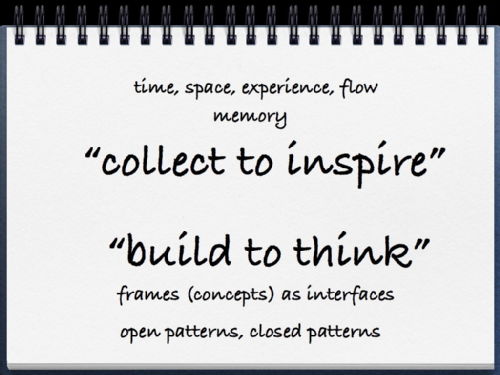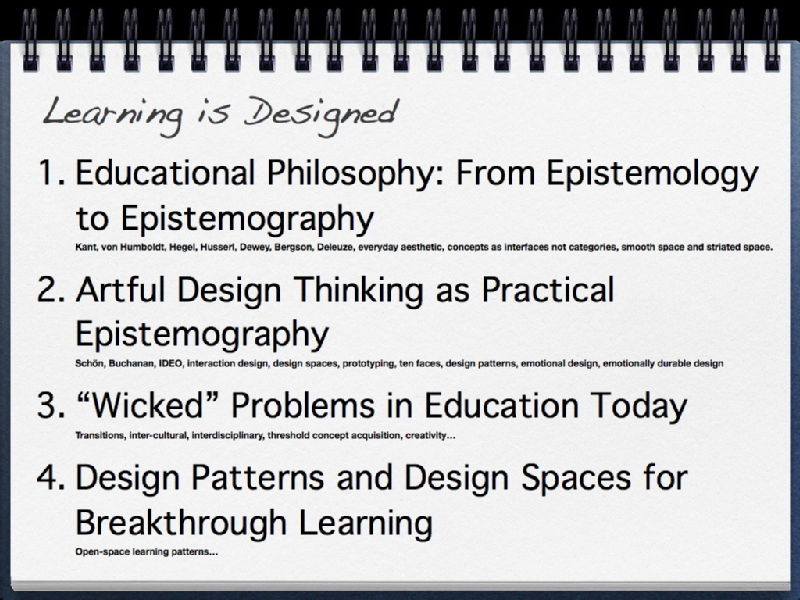January 02, 2010
Designerly Ways of Knowing: Design Discipline Versus Design Science – Nigel Cross
Nigel Cross argues that "design discipline" is epistemologically distinct from science, even though it may sometimes draw upon scientific techniques.
"The underlying axiom of this discipline is that there are forms of knowledge special to the awareness and ability of a designer, independent of the different professional domains of design practice.
What designers especially know about is the "artificial world" - the human-made world of artifacts. What they especially know how to do is the proposing of additions to and changes to the artificial world. Their knowledge, skills, and values lie in the techniques of the artiificial."
The claim for an epistemological difference seems, in part, to be founded upon the notion that design activity can (and often does) concern itself with singular entities. How often is that the case? I suspect in fact that it is the exception. And then there is this idea concerning "artificalialty", which can be attacked from two sides: 1 - actually science only ever creates artificial representations of the world, adapted to human understanding; 2 - human artifacts are the products of culture and environment. I've changed my mind about this, having read Richard Buchanan's paper on Wicked Problems in Design Thinking.
I argue that a better way of characterizing the object of "design thinking" is that it concerns the discovery/creation of interfaces (short-cuts, adaptions) between otherwise relatively distinct entities/activities - how to create connections and disjunctions. We can also argue that the goal of "design thinking", as opposed to industrial or scientific design, is to engineer and re-engineer such interfaces beyond a single distinct product or service, to create relatively cohesive and stable communities of activity and entities within which products and services can endure and evolve over time. And most importantly, the interface must not destroy the independent value of that which it connects.
Cross, N. "Designerly Ways of Knowing: Design Discipline Versus Design Science" in Design Issues, Volume 17, Number 3, Summer 2001, MIT.

 Robert O'Toole
Robert O'Toole

 Please wait - comments are loading
Please wait - comments are loading






